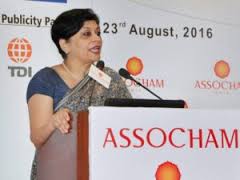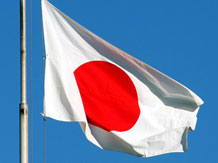Keen to bring down the number of tax litigations, the Income Tax Department will soon write to over 2.59 lakh taxpayers asking them to avail the one-time dispute resolution scheme to settle their cases.
And to cut down on communication time, the Central Board of Direct Taxes (CBDT) will use email to communicate with the appellants.
“We have estimated that each Commissioner of I-T (appeal) would have about 300-400 litigations pending before them. We will send these assessees emails informing about the benefits of the dispute resolution scheme,” an official told PTI.
The direct tax dispute resolution scheme, introduced from 1 June, seeks to address the issue of pending litigation before commissioner of I-T (appeal). The scheme is open till 31 December.
As per I-T department data, there were 73,402 appeals with tax effect above Rs.10 lakh and 1,85,858 appeals with tax effect below Rs.10 lakh which are pending before commissioner of I-T (appeal) as on 29 February.
Thus, 2,59,260 appellants are eligible for the benefit of this scheme. “The publicity drive will not be as massive as the IDS. Since we know who our target assessees are, we will send them pamphlets and also emails. Also we will paste some pamphlets outside the CIT (appeals) office,” the official added.
Armed with a Rs.100 crore budget for advertisement of income disclosure scheme (IDS) and disputes resolution scheme, the tax department will now launch a publicity drive for entities which are locked in a litigation. Besides, the CBDT will soon come out with over two dozen FAQs based on the queries it has received from various stakeholders, including chartered accountants and industry chambers.
As per the scheme, a taxpayer who has an appeal pending before the CIT (appeals) can settle his/her case by paying the disputed tax and interest up to the date of assessment. No penalty in respect of cases with disputed tax up to Rs.10 lakh will be levied. For cases exceeding Rs.10 lakh, 25% of penalty would be levied and any pending appeal against a penalty order can also be settled by paying 25% of the minimum of the imposable penalty.
“Litigation is a scourge for a tax-friendly regime and creates an environment of distrust in addition to increasing the compliance cost of the taxpayers and administrative cost for the government,” finance minister Arun Jaitley had said in his budget speech.
In a first-of-its-kind nationwide publicity drive, the I-T department had tied up with seven airlines including Air India and Vistara to publicise one-time black money compliance window by printing the scheme’s details on the back of boarding passes.






